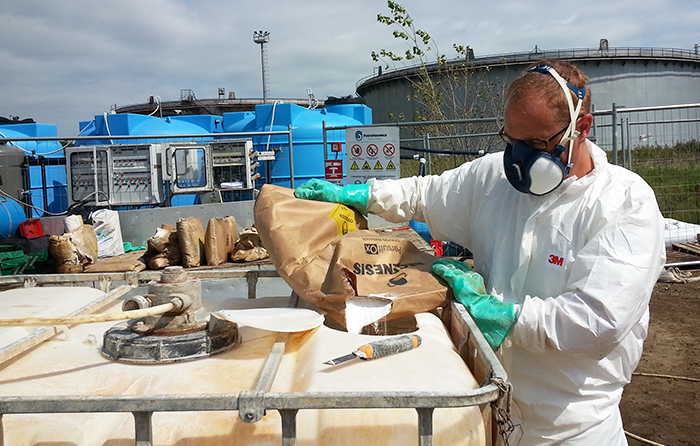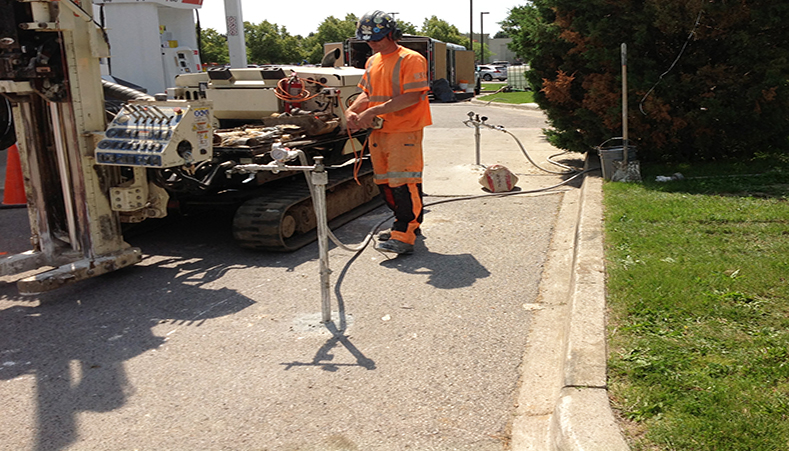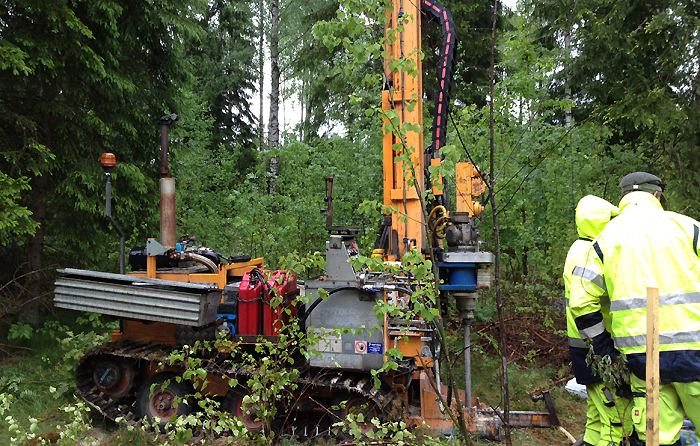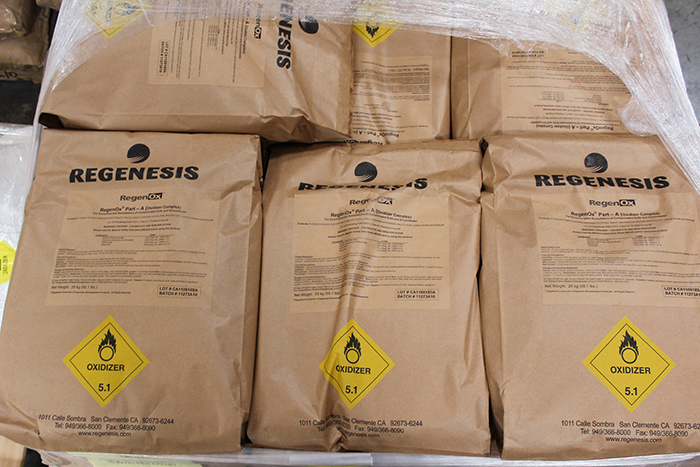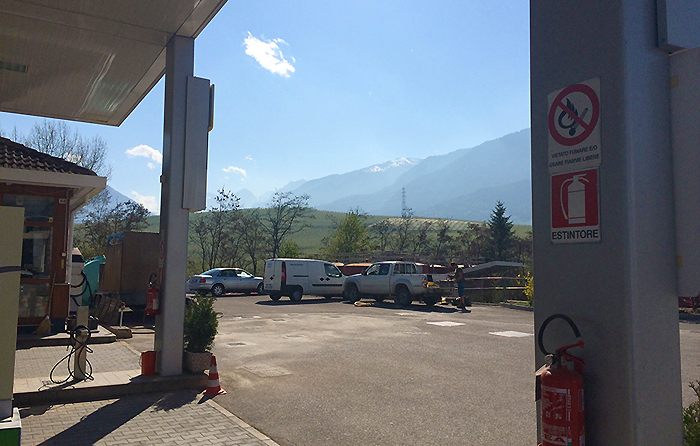Pilot Test of ISCO Soils Treatment in Industrial Area, Italy
At a former oil refinery in Italy, leaks from several large Aboveground Storage Tanks (ASTs) had caused the soil to become impacted with fuel. Concentrations of up to 3,000 mg/kg of petroleum hydrocarbons were measured in the unsaturated soil within the immediate vicinity of the ASTs. Read More
Combined PlumeStop® and ORC-Advanced® Treatment Remediates Low Level Benzene Contamination
Project Highlights
- Persistent benzene contamination reduced from 530 μg/L to 4 μg/L
- Target Medium Specific Concentration (MSC) achieved within one quarter of treatment
- Application of PlumeStop® and ORC Advanced® successfully completed by REGENESIS® Remediation Services (RRS) within three days allowing for the project
1m 38s reading time
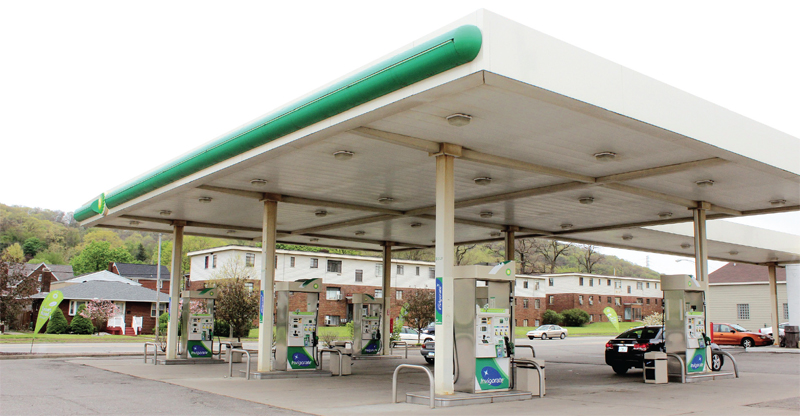
Project Summary
Operation activities at the site of an active gas station resulted in contamination of the groundwater with low levels of benzene. The concentration of benzene fluctuated, reaching 530 μg/L before remediation efforts were undertaken. REGENESIS designed a remediation plan to address the persistent low levels of benzene that combined the application of PlumeStop and ORC Advanced for in situ sorption and enhanced aerobic biodegradation.
The sorbent properties of PlumeStop make it possible to successfully treat low contaminant levels by creating local areas of high contaminant concentration that can then be colonized by contaminant-degrading bacteria. This co-localization of the contaminants and bacteria on the PlumeStop surface greatly improves the contact between the two components, thereby enhancing the speed and efficiency of the degradative reactions. Addition of ORC-Advanced further supports aerobic biodegradation by providing a long-lasting oxygen source.
RRS injected PlumeStop and ORC Advanced into 12 points around MW-6R (Fig. 1) that showed elevated benzene levels. A total of 1,200 lb of PlumeStop were first injected via direct push technology followed by injections of 240 lb of ORC Advanced into the same 12 holes. Treatment of the site was completed over the course of two days without any complications.
Technology Description
PlumeStop Liquid Activated Carbon (LAC) is an innovative groundwater remediation technology designed to address the challenges of excessive time and end-point uncertainty in groundwater remediation.
ORC Advanced is a proprietary formulation of food-grade, calcium oxyhydroxide that produces a controlled release of molecular oxygen to enhance aerobic biodegredation.
Results
In the first quarterly sampling event after the remediation chemistries were applied, benzene levels had dropped from the pre-application level of 530 μg/L to below the Medium Specific Concentration (MSC) of 5 μg/L set by the Pennsylvania Department of Environmental Protection. Furthermore, groundwater quality parameters in MW-6R indicated good distribution of the remediation chemistry through the subsurface and the establishment of optimum parameters for continued aerobic biodegradation.
Innovative Application of PersulfOx Addresses BTEX Contamination at Former Gas Station Site
Project Highlights
- Innovative remediation plan designed by IRSL to address hydrocarbon plume using PersulfOx® addresses migrating plume
- Cleanup criteria on site was reached with only two injections of PersulfOx
- Direct Push Technology using PersulfOx counters any back diffusion

Project Summary
An active gasoline station in southwestern Ontario exhibited a hydrocarbon plume, which was migrating off site toward commercial buildings, presenting liability concerns for developers. Previous remediation efforts using other oxidants, including base-activated persulphate, did not result in significant reductions, and rebound was a problem, including pH buffering. InSitu Remediation Services, Ltd. (IRSL) was the consulting firm hired to perform the remediation work.
Led by Rick McGregor, IRSL designed an approach that included REGENESIS’® PerfulfOx to address the concentrations in the plume including BTEX ~ 25 mg/L, F1 ~29 mg/L, and F2 ~ 1.5 mg/L. The geology was silty sand with sand lens and a unconfined aquifer. The client’s cleanup goals were F1 0.75 mg/L and F2 0.15 mg/L. Two injections of PersulfOx using Direct Push Technology (DPT) were applied, targeting the sand lens and providing enough mass to allow for diffusion of PersulfOx into the silty sand to counter back diffusion.
Technology Description
PersulfOX and PersulfOX SP promote the rapid and sustained in situ oxidation of a wide-range of organic contaminants. As an advanced in situ chemical oxidation (ISCO) reagent, it destroys organic contaminants found in groundwater and soil through abiotic chemical oxidation reactions.
This turn-key, all-in-one product with a built-in catalyst activates the sodium persulfate component and generates contaminant-destroying free radicals without the costly and potentially hazardous addition of a separate activator. The patented catalyst enhances the oxidative destruction of both petroleum hydrocarbons and chlorinated contaminants in the subsurface.
With the purchase and proper use of PersulfOx Catalyzed Persulfate, clients gain the benefits of the latest advancements in persulfate technology for environmental remediation. PersulfOx SP was formulated for use on projects specifying the use of persulfate and a separate chemical activation process such as alkaline activation, hydrogen peroxide activation, or iron activation. It can also be used as a follow-on treatment to REGENESIS’ PersulfOx Catalyzed Persulfate technology.
Results
Following the two injections of PersulfOx using direct push technology, cleanup criteria was reached quickly, resulting in two-plus years of sublevel monitoring.
About InSitu Remediation Services
One of Canada’s most experienced remediation companies, InSitu Remediation Services Ltd. (IRSL) has designed, implemented, and maintained soil and groundwater remediation programs in diverse geological environments in North, Central, and South America, Europe and the Middle East. The company offers remediation support services and specializes in ensuring the most efficient use of technical and financial resources, managing shortened remedial time-frames, and mitigating unnecessary technical and financial risk.
Rick McGregor, B.Sc. Geology, M.Sc. Hydrogeology, M.B.A., is president of InSitu Remediation Services Ltd. A respected environmental professional with over a quarter century in environmental assessment and remediation, he has designed and implemented remediation programs across the globe.

RegenOx® and ORC Advanced® Application Reduces BTEX , MTBE, and TBA Concentrations to Below MCL
Site closure granted.Read More
Single Application of ORC Advanced® Results in 87% Reduction of Contaminated Groundwater Plume
Project Highlights
- Size of contaminated groundwater plume reduced by 87% through extensive injection of ORC Advanced, applied using vertical and horizontal wells.
- Total BTEX >62.5ppm (mg/l) concentrations were identified prior to site treatment.
- Final round of ORC injections approved by Illinois EPA and LUST Program and is in-progress.
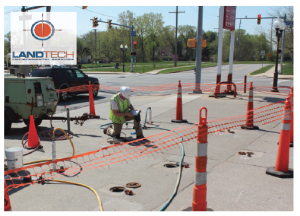
Project Summary
This site had been a carwash and retail gasoline station in an industrial-commercial area. During the removal of two (2) 6,000- gallon gasoline underground storage tanks (UST) and two (2) fuel dispensers, a gasoline release was reported to the Illinois Management Emergency Agency, based on impacted soil observed during the excavation. Contaminants for this gasoline release were Benzene, Toluene, Ethylbenzene, and total Xylenes (BTEX). The release resulted in groundwater contamination that encompassed the entire property, and extended slightly off-site, impacting three businesses. The area covered by the groundwater plume was approximately 1.5 acres. The size of the groundwater BTEX plume posed a significant challenge in site treatment.
Remediation Approach
In this instance, LandTech, Inc. implemented an Enhanced Aerobic Biodegradation strategy using ORC Advanced. This included 12,800 pounds of ORC Advanced, 7 pounds of Nitrate, and 1 pound of Phosphorous nutrients applied to the site via direct injection through 242 vertical wells to 16 feet below ground surface, and 1,065 feet of horizontal wells beneath the existing structures. ORC Advanced® is an engineered, oxygen release compound designed specifically for enhanced, in situ aerobic bioremediation of petroleum hydrocarbons in groundwater and saturated soils. ORC Advanced provides remediation practitioners with a significantly faster and highly effective means of treating petroleum contaminated sites.
Results
This site presented significant challenges due to the extensive levels of BTEX contaminants and the large area of groundwater contamination. After one round of injections and a monitoring period of 1 year, analytical results for the groundwater demonstrated the ORC injections have reduced the 1.5 acre BTEX groundwater plume by 87%. A second/final round, 1,350 pounds, of ORC Advanced injections have been approved by the Illinois EPA to address a few recalcitrant performance wells.
Military Fuel Depot Remediation in Moheda, Sweden
Integrated treatment of a x-large scale petroleum hydrocarbon plume contaminationRead More
Combined Remediation Approach Allows for Redevelopment, UK
Integrated treatment with In Situ Chemical Oxidation (RegenOx) and Dual Phase Vacuum ExtractionRead More
Enhanced LNAPL Recovery at a Public Facility in Kent, UK
PetroCleanze key to removal of adsorbed petroleum hydrocarbonsRead More
Remediation of Former Petrol Filling Station, UK
In Situ enhanced desorption of petroleum hydrocarbon contamination using Petrocleanze alongside pump & treat.
Enhanced Physical Extraction at Operational Petrol Filling Station in Italy
In Situ enhanced desorption of petroleum hydrocarbons with PetroCleanze, at an active petrol filling station where an existing pump and treat system seized to recover LNAPLRead More

 Americas
Americas Europe
Europe Français
Français Deutsch
Deutsch Italiano
Italiano Español
Español